When you are training your Lab puppy there are five things that you just do not want him to ! These things include jumping, chewing, and digging, excessively barking, or pulling you when you take him for a walk. First, let’s look at jumping and how to nip that in the bud.
Dogs jump up on people for attention and affection and Labs are no different. When a dog jumps on someone they usually swat them away and tell then to get away or they welcome the puppy. Both responses enforce the conduct. Why? Your dog was looking for attention and with either reaction he got what he was looking for.
When you give your dog the attention that he wants when he jumps you are teaching him that it is OK to do so.
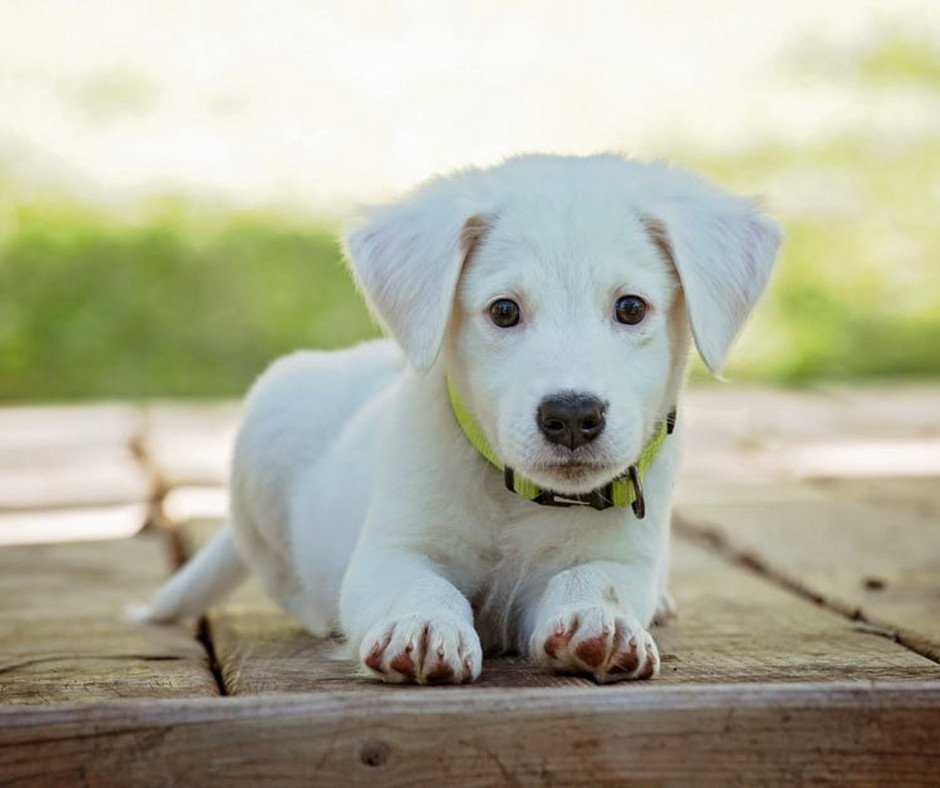
Tip #1: Ignore him! Do not even make eye contact with him. You reward him when he is calmed down and has stopped jumping. If your dog is chewing things then the reason is likely that he is either teething or bored. While you may have chewing toys for your Lab pup are you certain that he knows what to do with it? You actually have to train your dog to chew on this. Remember two things, your puppy doesn’t know how to read the instructions that come along with the chew toy nor does he learn from being punished.
Tip #2: Teach your dog how to drop on command and/or teach him what is his and what isn’t. This is done by taking him to the chew toy, encouraging him to play with it, and then rewarding him for doing what you wanted him to do. Don’t punish him for chewing when you aren’t around but rather encourage and reward him for chewing what you want him to. While barking is a natural part of being a dog and is their form of communicating but when the barking is excessive it has to be stopped. Often dogs will bark because they are scared, want attention, or are bored. Labs are famous for having separation anxiety and will bark excessively when they are anxious.
Tip #3: Understand why the dog is barking because he has a need. It is imperative that you pay attention to your Lab puppy. When you take your Lab pup for a walk does he pull you rather than you walking him? Did you know that every time you allow this to happen you are telling your dog that it is ok? This is another learned behavior but fortunately it is not one that is hard to correct.
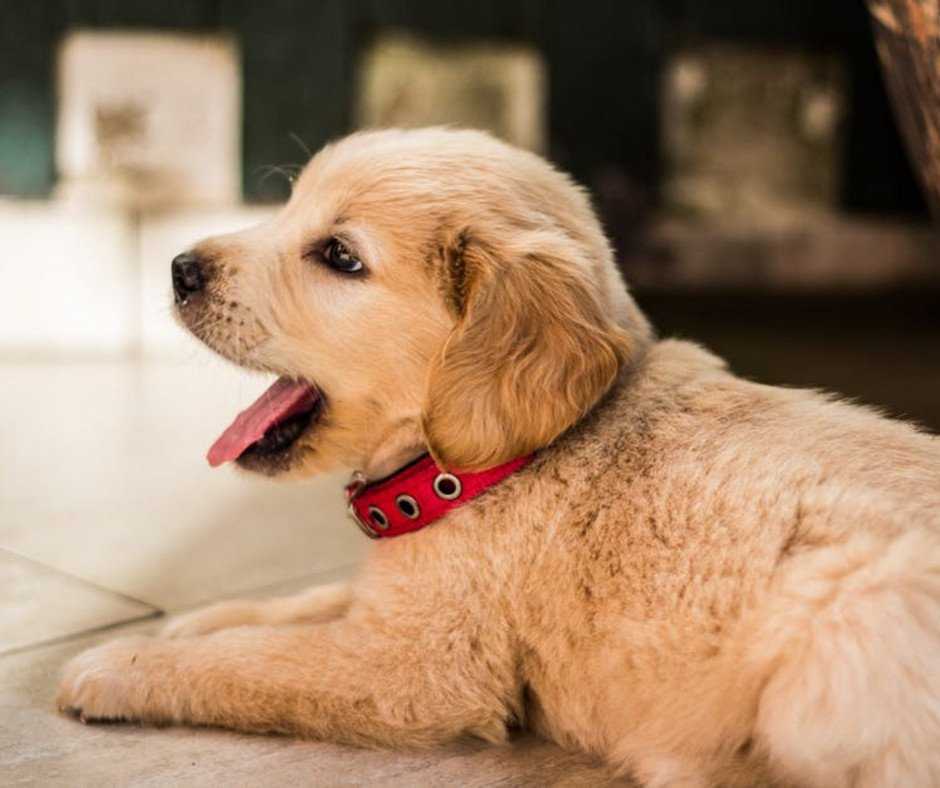
Tip #4: Interrupt his determination to pull and give him something else to occupy his thoughts. As you walk your dog pull softly back on the leash and when your dog is next to you release the tension on the leash. He will once again return to pulling and you will once again gently pull back on the leash. Digging is natural for a dog, especially one that is left unattended. Digging is a product of boredom and frustration.
Tip #5: A trouble-free solution is to give your dog his own place to dig. Build your dog his own box to dig in. Bury some toys in the dirt and take your dog to the box, show him one or two toys, and then encourage him to find the rest. Reward him when he does.

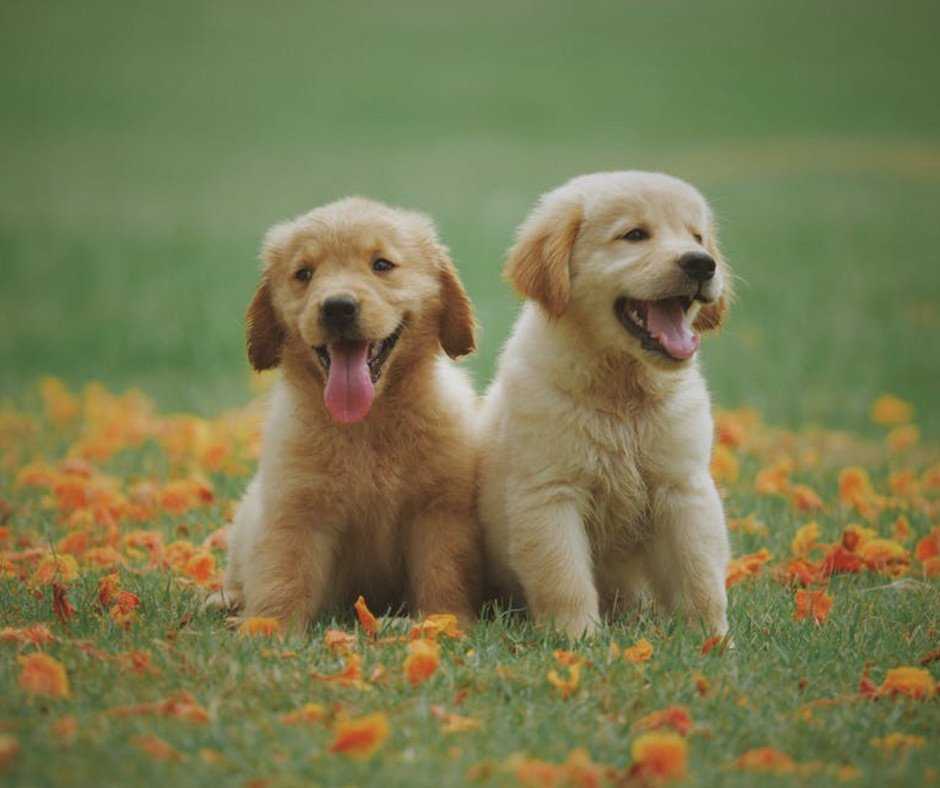
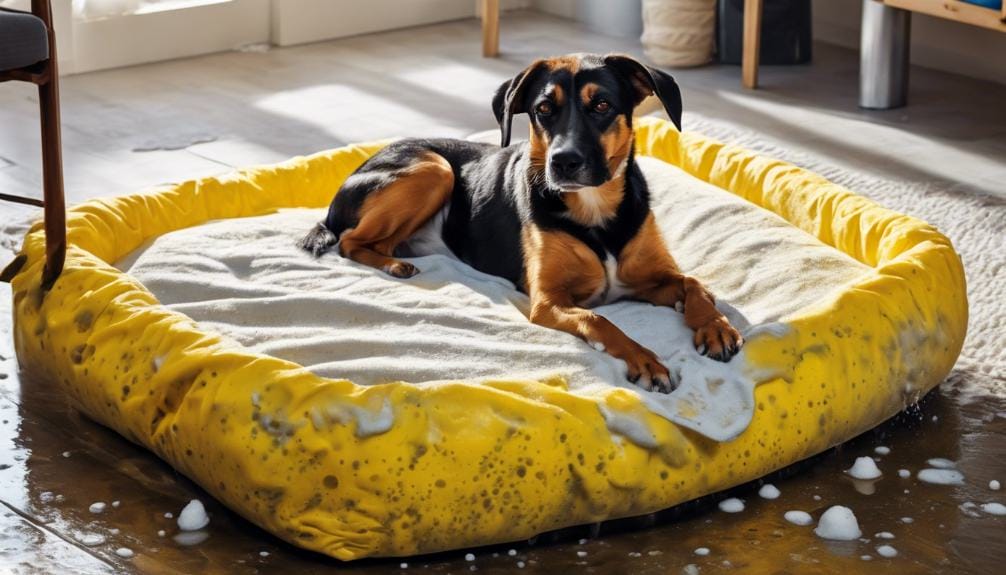
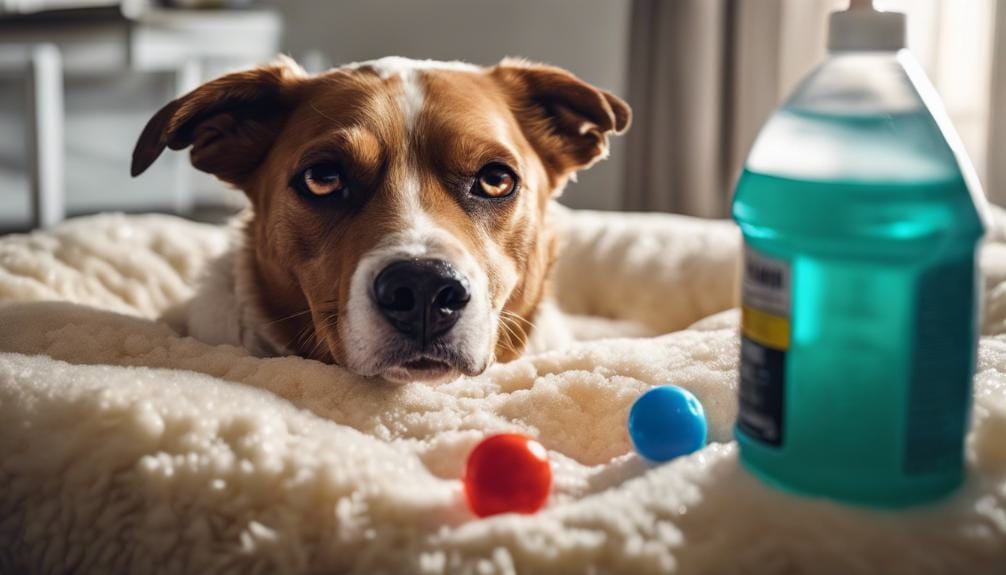
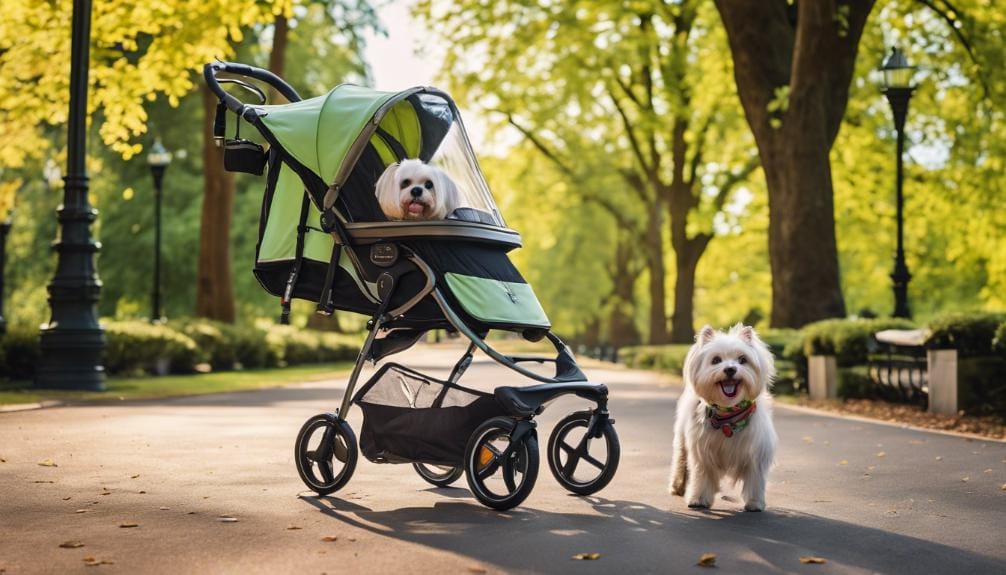
Leave a Reply
You must be logged in to post a comment.